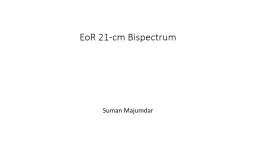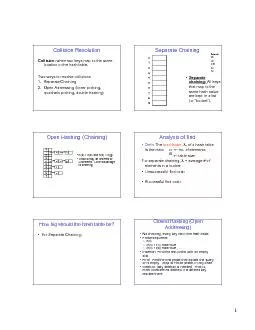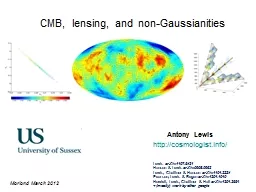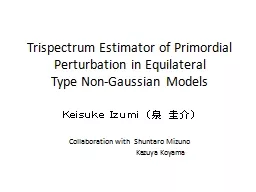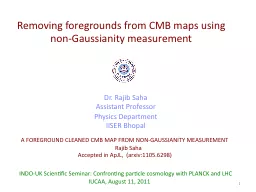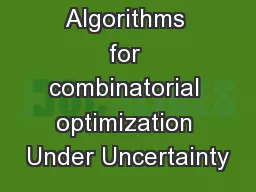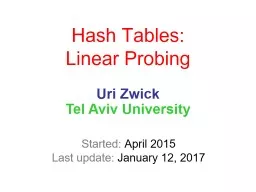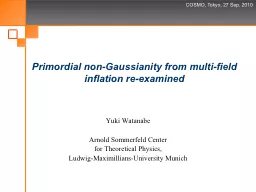PPT-Probing the non- Gaussianity
Author : natalia-silvester | Published Date : 2018-09-21
in the EoR 21cm signal using Bispectrum Suman Majumdar Imperial College London Non bispectrum presentations on non Gaussianity Poster by Sambit Giri Bubble
Presentation Embed Code
Download Presentation
Download Presentation The PPT/PDF document "Probing the non- Gaussianity" is the property of its rightful owner. Permission is granted to download and print the materials on this website for personal, non-commercial use only, and to display it on your personal computer provided you do not modify the materials and that you retain all copyright notices contained in the materials. By downloading content from our website, you accept the terms of this agreement.
Probing the non- Gaussianity: Transcript
Download Rules Of Document
"Probing the non- Gaussianity"The content belongs to its owner. You may download and print it for personal use, without modification, and keep all copyright notices. By downloading, you agree to these terms.
Related Documents

